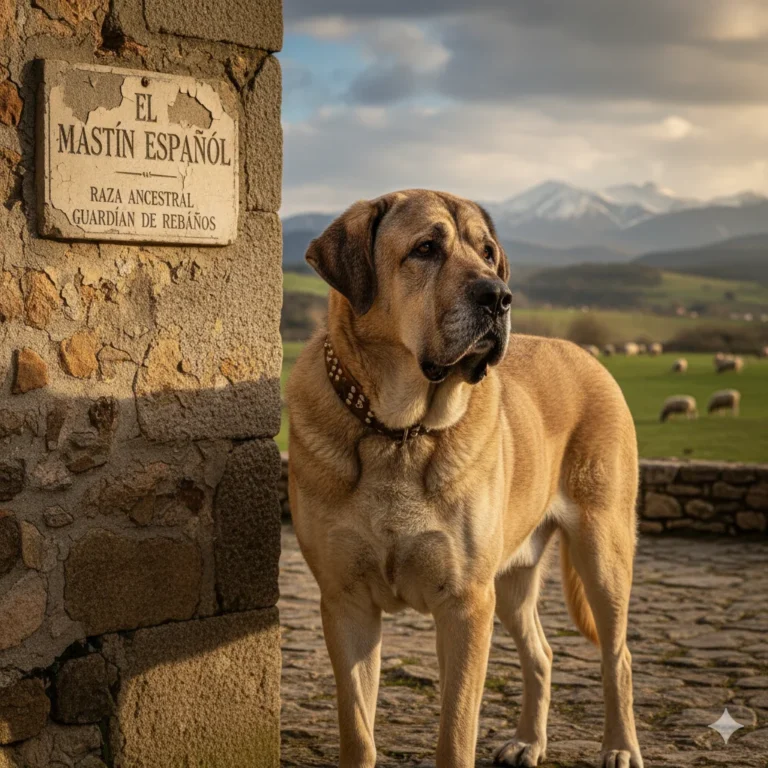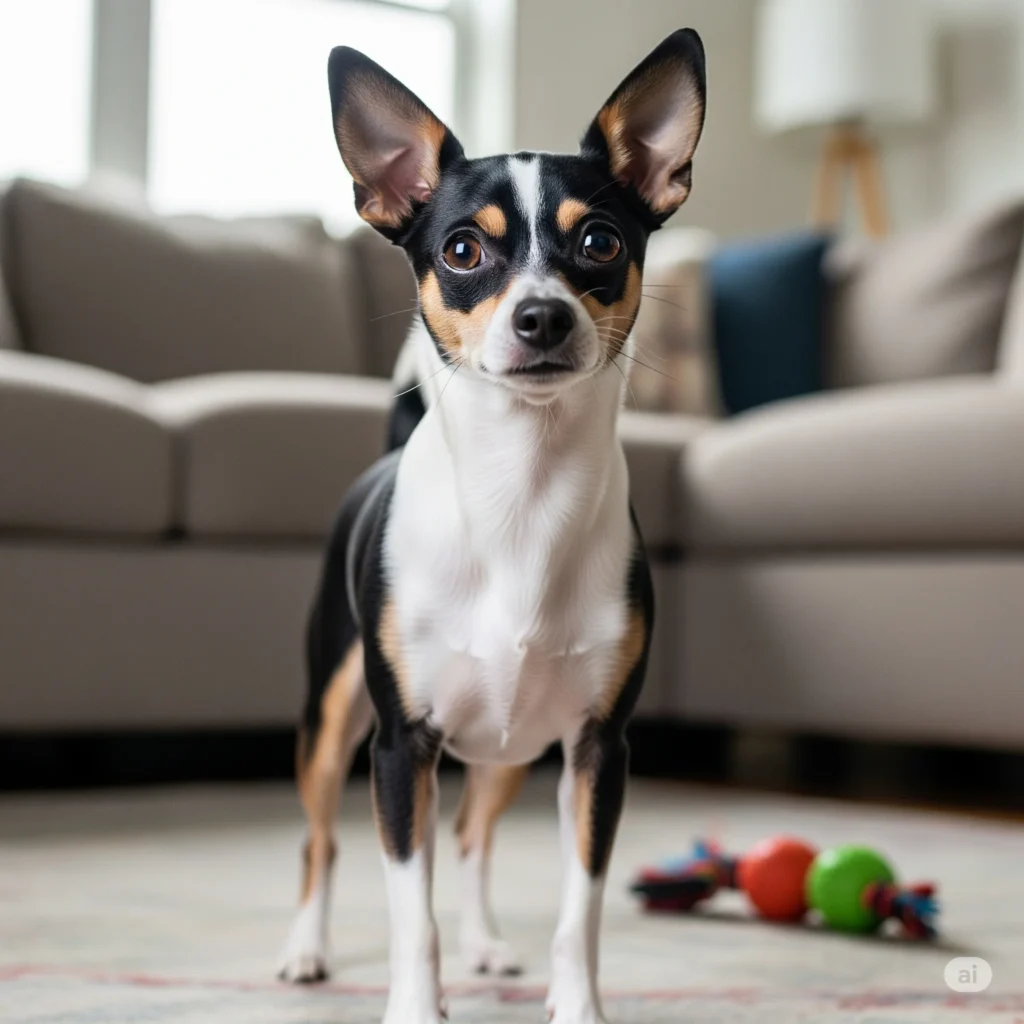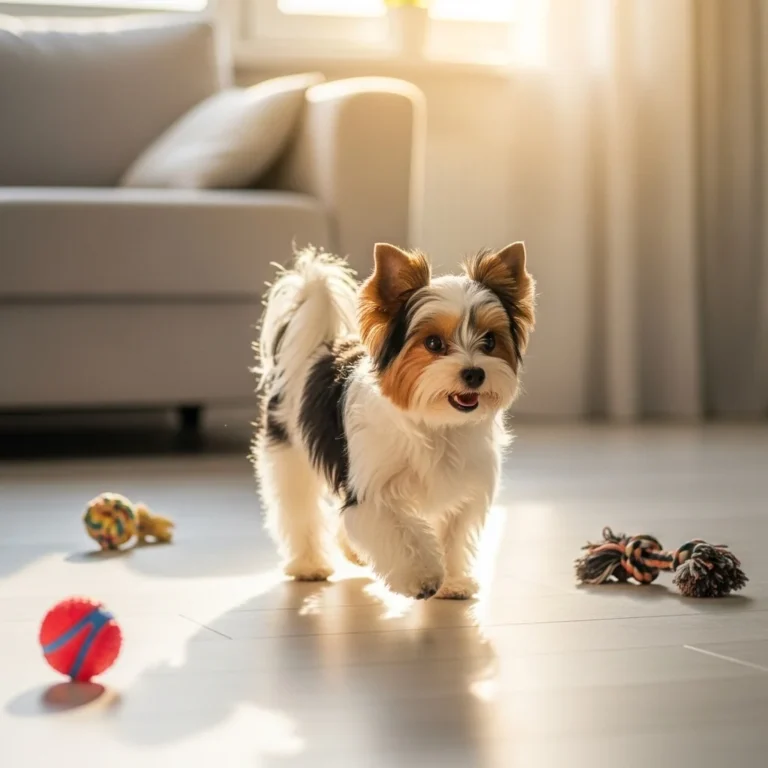
spanish mastiff🐾
Picture this: It’s a crisp autumn morning, and I’m out on a hike with my best buddy, Luna, my 180-pound Spanish Mastiff who thinks she’s a lap dog. We’re crunching through leaves, and every hiker we pass does a double-take—“Is that a DOG or a small pony?!” Luna just wags her tail like, “Yup, that’s me, your friendly neighborhood gentle giant!” That’s the magic of the Spanish Mastiff—they’re massive, majestic, and melt-your-heart sweet all at once.
Hi, I’m your go-to dog-obsessed blogger (think coffee in one hand, treat pouch in the other), and I’ve been head-over-heels for giant breeds since I was a kid sneaking table scraps to the neighbor’s Saint Bernard. Today, I’m spilling all the tea on the Spanish Mastiff—everything from “How do I even fit one in my car?” to “Will they eat my entire fridge?” If you’ve ever dreamed of a dog who’s part teddy bear, part castle guardian, grab your fave mug, snuggle up with your current fur-baby, and let’s chat about whether a spanish mastiff dog is your soul-pup. Spoiler: They might just steal your couch and your heart! 💕
Understanding the Breed: Basics & Characteristics
What is a Spanish Mastiff?
Okay, pup parents, have you ever wondered what it’d be like to have a dog that looks like it wandered off the set of Game of Thrones? Meet the Spanish-Mastiff—or as I like to call them, the “Mastín Español,” because saying it with a dramatic Spanish accent instantly makes you 10% cooler. 😎 These fluff-balls are ancient livestock guardians, bred for centuries to patrol Spain’s rugged mountains, keeping wolves and bears away from sheep flocks. They’re part of the Molosser crew—think big, wrinkly, drooly love bugs with a PhD in loyalty.
Fun fact from my own pack: Luna once “guarded” a picnic blanket from a curious squirrel for three hours. No squirrels were harmed, but my sandwiches? Total casualties. If you want a dog who treats your family like their personal flock, this is your breed!
How big do Spanish Mastiffs get? (Weight and Height)
Buckle up, because we’re talking colossal. Ever tried hugging a dog and realizing your arms don’t reach all the way around? That’s Spanish-Mastiff life!
- Weight: Boys usually clock in at 120–200 lbs (54–90 kg)—yes, that’s heavier than most pro wrestlers! Girls are a smidge lighter at 100–170 lbs (45–77 kg).
- Height: Shoulder height for dudes? 28–35 inches (71–89 cm). Ladies? 26–33 inches (66–84 cm). On hind legs? They’re basically eye-level with your basketball hoop.
Pro tip: Measure your doorways before puppy shopping. I once had to saw an inch off my coffee table because Luna decided it was her new chew toy. Dr. Alice Jenkins, large-breed vet guru, always says, “Think logistics—can your car, couch, and budget handle a dog this big?”.
What does a Spanish Mastiff look like?
Imagine a lion crossed with a teddy bear, then add a dash of “I could totally guard a castle.” Spanish Mastiffs have:
- Massive heads with soulful, wrinkly brows that scream “I’m wise beyond my kibble.”
- Droopy, triangular ears that flop adorably when they tilt their head at your bad jokes.
- Thick, low-slung tails that wag like a metronome set to “chill vibes.”
- Coats: Short-to-medium, coarse, and weatherproof in fawn, red, black, wolf-sable, or brindle—often with white “socks” or chest blazes.
Every Mastiff has their own “look at me” vibe, but they all radiate quiet royalty. Luna’s brindle coat makes her look like a walking sunset—10/10 would photoshoot again.
What is the temperament of a Spanish Mastiff?
Plot twist: These 150-pound beasts are velcro cuddlebugs. Calm? Check. Loyal? Double-check. Secretly convinced they’re lap dogs? TRIPLE-check.
They’re natural guardians—think “watchful grandpa” who barks once at the mailman, then naps. With family, they’re gentle giants who’ll let kids braid their ears (true story). But strangers? They’ll give the side-eye until you say, “It’s cool, buddy.” Early socialization is non-negotiable—puppy classes turned Luna from “stranger danger” to “everyone’s auntie.” Dog behaviorist Sarah Thompson nails it: “Socialize early, love deeply, and you’ll have a guardian who knows when to protect and when to chill.”
Are Spanish Mastiffs good family dogs?
YES, with a capital Y and a side of supervision! They adore kids, treating them like fragile lambs in their flock. But… accidental tail-whacks can launch a toddler into orbit. Teach kids “gentle pets only” and train your Mastiff “easy mode” around tiny humans.
Luna once let my niece use her as a pillow for an entire movie. Just don’t leave them unsupervised—size + zoomies = chaos.
Are Spanish Mastiffs aggressive?
Nope, not inherently! They’re more “intimidate with a stare” than “bite first, ask questions later.” Their deep WOOF is usually enough to send intruders running. But undersocialized? They might get overly protective. Solution: Puppy playdates, obedience classes, and treats galore. Responsible ownership = zero drama.
Do Spanish Mastiffs bark a lot?
Oh, honey, when they bark, you feel it in your soul. One bark = neighborhood earthquake. They vocalize at weird noises, delivery guys, or that one leaf blowing suspiciously. Train a solid “quiet” cue, and you’re golden. If you need silence 24/7, maybe stick to goldfish. 🐟
What is the lifespan of a Spanish Mastiff?
Giant breeds break our hearts with shorter lifespans—9–11 years on average. But top-tier food, vet care, and love can push closer to 12. Luna’s 8 and still stealing socks like a pro. Cherish every slobbery second.
II. Care & Living with a Spanish Mastiff
How much exercise does a Spanish Mastiff need?
Surprise! They’re not marathon runners. Two 30–60 minute “sniffaris” daily keep them happy. Think leisurely strolls, not sprints. Overdo it as puppies, and you risk joint issues. Mental games (scent work, puzzle toys) are their jam. Trainer Mark Jensen says, “Stimulate their brain, and their body will thank you.” More at K9Companions.com.
Are Spanish Mastiffs easy to train?
“Easy” is relative—they’re smart but opinionated. Picture a wise old professor who’d rather nap than fetch. Use treats, praise, and patience. Harsh methods? Hard pass—they’ll just stare until you apologize. Start puppy kindergarten at 8 weeks. Luna knows “sit” but prefers “negotiate for extra chicken.”
How much does a Spanish Mastiff eat?
A LOT. We’re talking 6–10 cups of kibble daily. That’s a 30-lb bag every 2 weeks. Budget accordingly—your grocery bill will cry.
What kind of diet is best for a Spanish Mastiff?
Go for giant-breed formulas with controlled calcium/phosphorus to prevent bone issues. Look for:
- Real meat first
- Glucosamine for joints
- No junk fillers
Raw or home-cooked? Vet-approved only. Dr. Ramirez at PetWellness.org says, “Nutrition is your giant’s longevity superpower.”
Related: Bland Diet for Dogs with Diarrhea or Colitis & pancreatitis
Do Spanish Mastiffs shed a lot?
Yes, and then some. Spring/fall? Hair tornado. Invest in a good vacuum and a lint roller the size of Texas.
How often should I groom a Spanish Mastiff?
- Brush: 2–3x/week (daily in shed season)
- Bath: Every 2–3 months
- Ears: Weekly cleaning
- Nails: Every 2–4 weeks
- Teeth: Brush 3x/week
Grooming = bonding time. Luna thinks the slicker brush is a massage.
Are Spanish Mastiffs good with children?
With training? Amazing. They’re patient AF. But always supervise—150 lbs of love can accidentally bowl over a toddler.
Are Spanish Mastiffs good with other pets/dogs?
Raised together? Usually BFFs. Same-sex males can be drama llamas if not neutered/socialized. Slow intros are key. Luna shares her couch with two cats—grudgingly.
Can Spanish Mastiffs live in apartments?
Hard no. They need space to sprawl and patrol. Apartments = stressed dog + angry neighbors.
Do Spanish Mastiffs drool a lot?
Grab the drool rags. Post-dinner slobber fests are real. Cute? Yes. Messy? Also yes.
Do Spanish Mastiffs need a lot of space?
YES. Big house, bigger yard. Cramped quarters = sad giant.
III. Health & Wellness
What are common health problems in Spanish Mastiffs?
- Hip/Elbow Dysplasia
- Bloat (GDV)—emergency! Use slow feeders.
- Heart Issues
- Eye Problems
- Hypothyroidism
- Cancer
Screen breeders for OFA/PennHIP. Dr. Emily Chen at PetHealthSolutions.org says early checks save lives.
Are Spanish Mastiffs prone to hip dysplasia?
Yup. Good breeders + slow-growth puppy food = lower risk.
How much does it cost to own a Spanish Mastiff?
- Food: $1,000–2,000/year
- Vet: $500–1,000/year (more with emergencies)
- Supplies: XL everything
- Insurance: Do it.
Monthly? $200–400. Worth it? Every penny.
How often should a Spanish Mastiff see the vet?
- Puppies: Every 3–4 weeks until 16 weeks
- Adults: Yearly
- Seniors: 2x/year
IV. Finding & Owning a Spanish Mastiff
Where can I find a Spanish Mastiff puppy?
Reputable breeders via breed clubs, shows, or rescues. Ask for health tests!
How much does a Spanish Mastiff puppy cost?
spanish mastiff for sale
$1,500–3,500. Cheap spanish mastiff puppies= red flag.
Is a Spanish Mastiff the right dog for me?
YES if: Big yard, experience, time, budget, love drool.
NO if: Apartment, first dog, hate hair.
Are Spanish Mastiffs rare?
Outside Spain? Yep. Waiting lists are real.
Final woof: Spanish-Mastiffs are life-changing—if you’re ready for the big love (and big cleanup). Luna’s snoring on my feet as I type this, and I wouldn’t trade her for the world. Ready to join the giant dog club? DM me your questions—I’m here for all the tail-wags and treat recipes! 🐶✨
related: Why English Mastiffs Are Big Family Favorites
please leave comment
you may like it





sources
- https://www.akc.org/dog-breeds/spanish-mastiff/
- https://en.wikipedia.org/wiki/Spanish_Mastiff
- https://www.petmd.com/dog/breeds/spanish-mastiff
- https://www.ukcdogs.com/spanish-mastiff
- https://www.thesprucepets.com/spanish-mastiff-dog-breed-profile-5188774
- https://wagwalking.com/breed/spanish-mastiff
- https://www.wisdompanel.com/en-us/dog-breeds/spanish-mastiff

